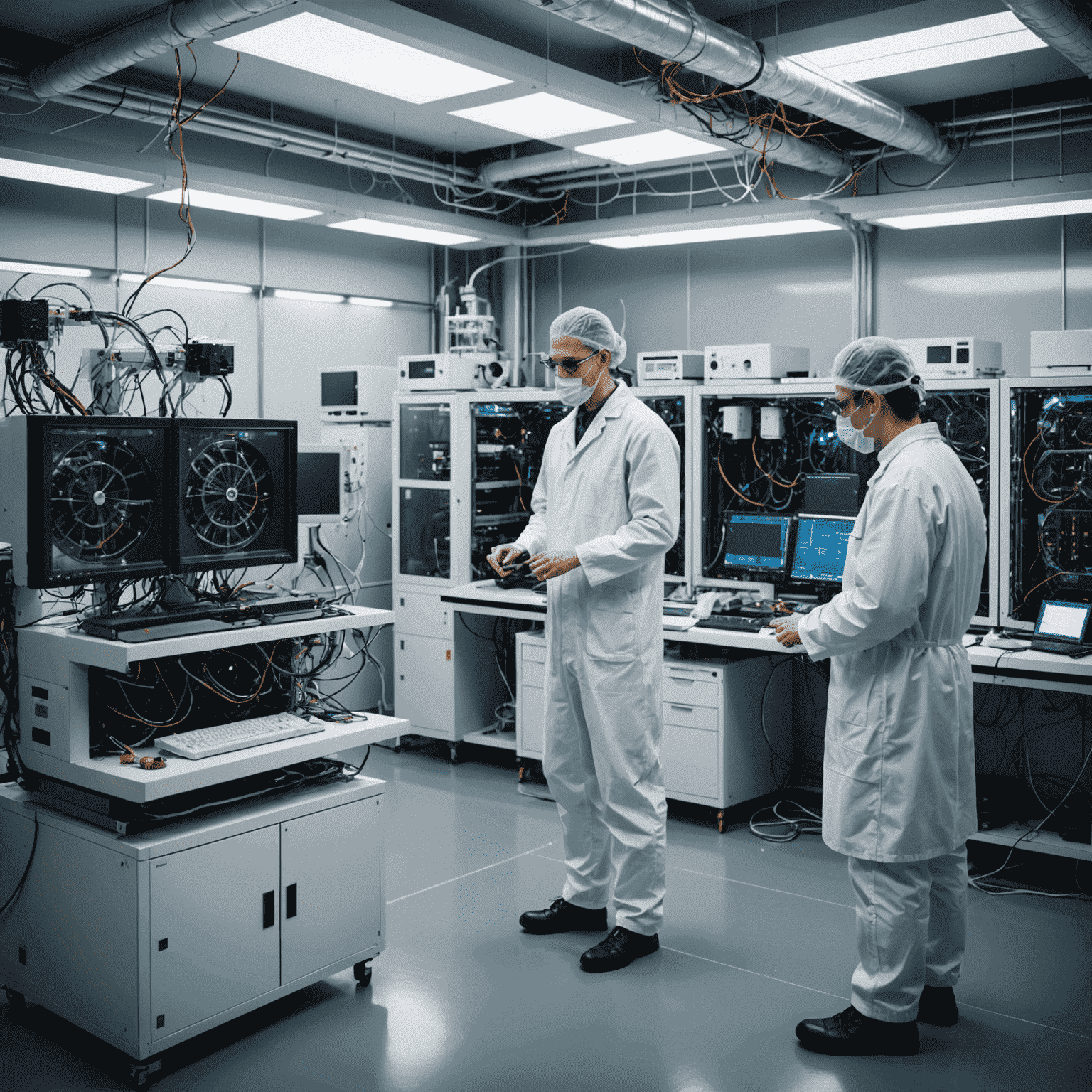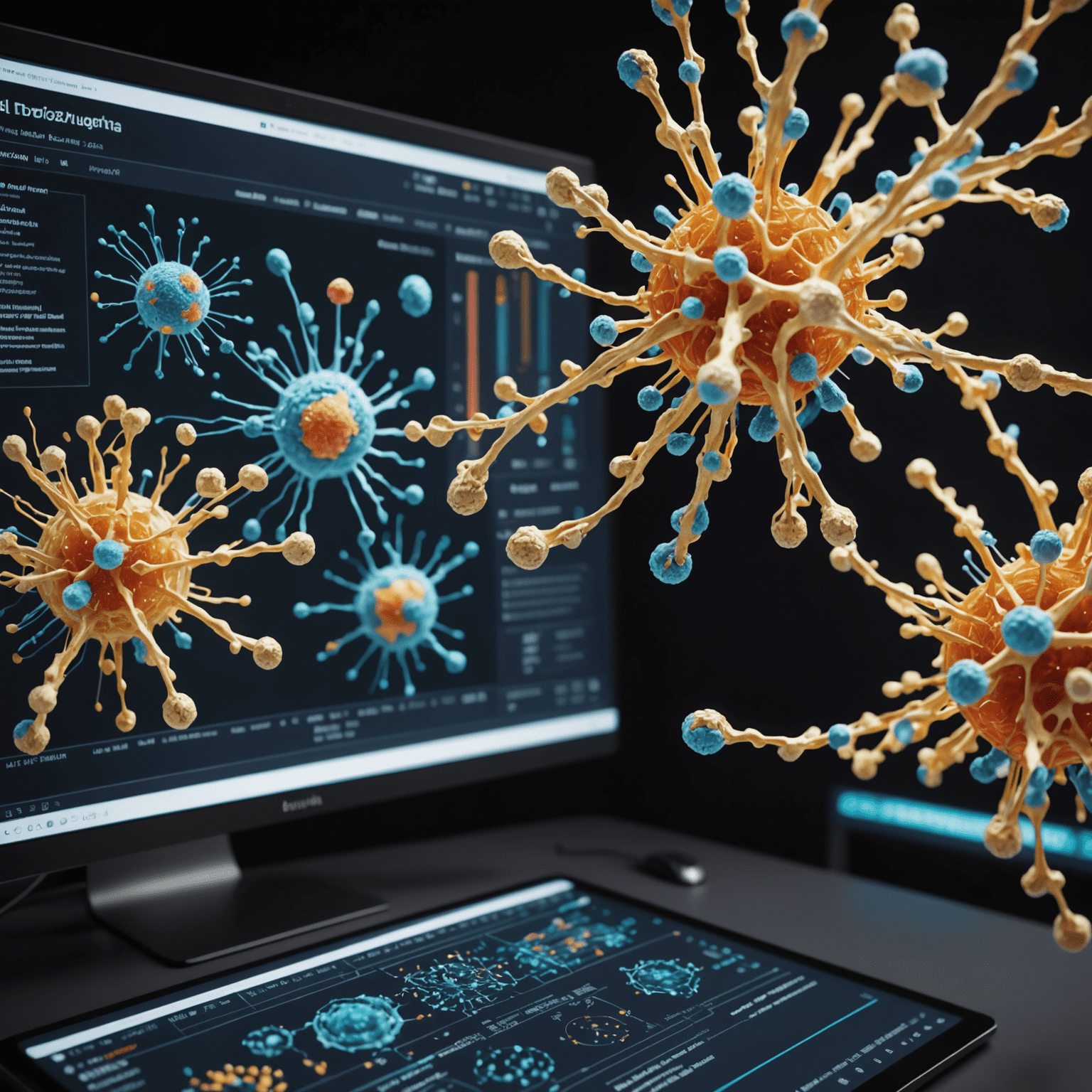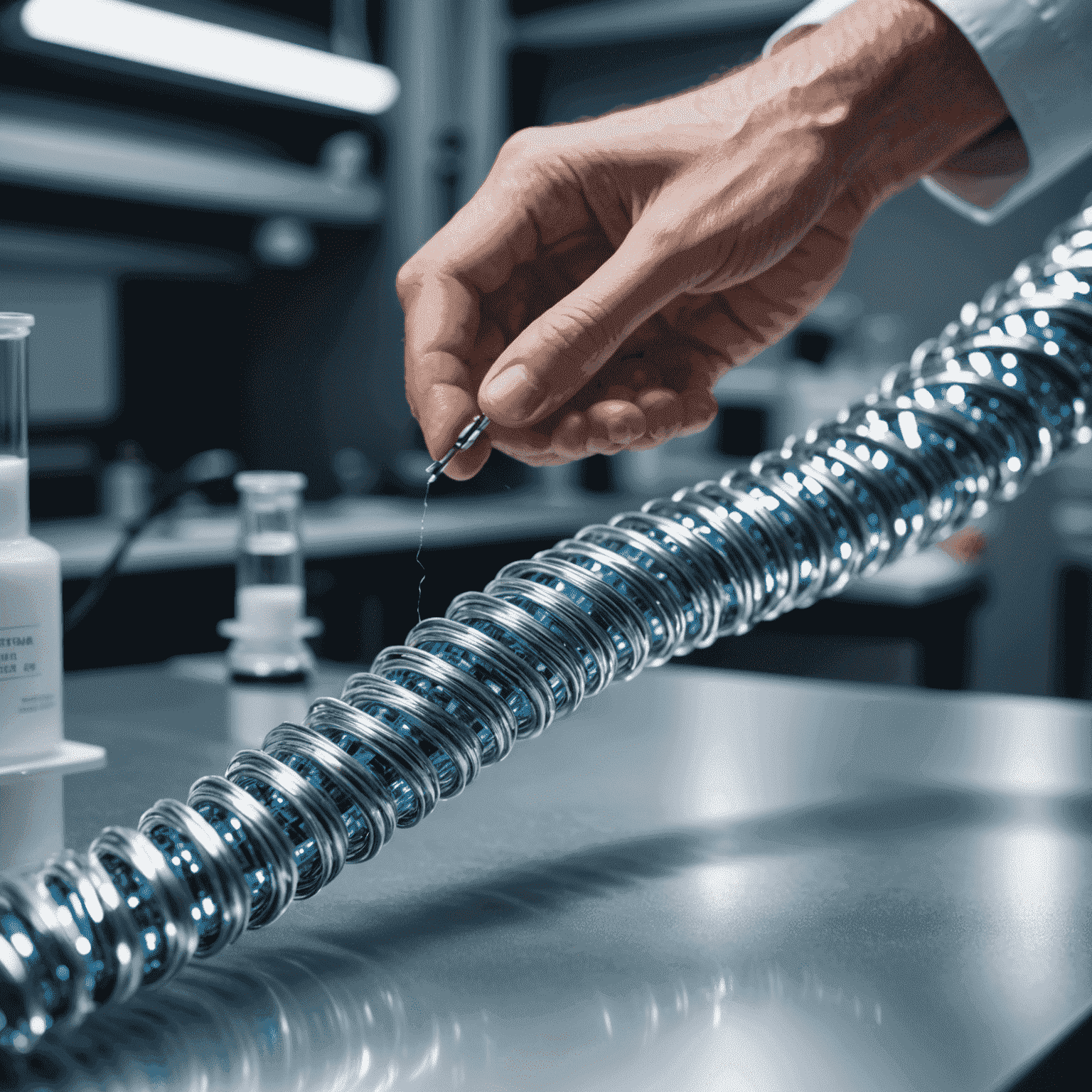Latest Scientific Breakthroughs
Quantum Computing Milestone Achieved

In a groundbreaking development, researchers at the University of Toronto have successfully demonstrated quantum supremacy in a practical application. The team, led by Dr. Emily Chen, created a quantum computer that solved a complex optimization problem in minutes, a task that would take classical supercomputers years to complete.
"This achievement marks a significant leap forward in quantum computing," Dr. Chen explained. "It opens up new possibilities for solving real-world problems in fields such as drug discovery, climate modeling, and financial risk analysis."
Novel Gene Therapy Shows Promise in Treating Rare Genetic Disorders

A team of Canadian and international scientists has developed a revolutionary gene therapy technique that could potentially cure a range of rare genetic disorders. The method, which uses CRISPR-Cas9 gene editing combined with a novel delivery system, has shown remarkable success in early clinical trials.
Dr. Michael Thompson, lead researcher from McGill University, stated, "Our approach allows for precise genetic corrections with minimal off-target effects. We've seen promising results in treating conditions like cystic fibrosis and Huntington's disease."
Breakthrough in Sustainable Energy: High-Efficiency Solar Cells

Researchers at the University of British Columbia have developed a new type of solar cell that achieves a record-breaking efficiency of 39% in laboratory conditions. The multi-junction cells use a combination of perovskite and silicon to capture a broader spectrum of sunlight.
"This innovation could revolutionize the solar energy industry," said Dr. Sarah Lee, head of the research team. "With further development, we believe these cells could make solar power a much more viable option for large-scale energy production."
Artificial Intelligence Predicts Protein Structures with Unprecedented Accuracy

A collaborative effort between Canadian AI researchers and biochemists has resulted in an artificial intelligence system capable of predicting protein structures with near-atomic precision. This breakthrough has significant implications for drug discovery and understanding diseases at a molecular level.
"Our AI model can now predict protein structures in minutes, a process that used to take months or years of laboratory work," explained Dr. Alex Wong, lead AI scientist on the project. "This tool will accelerate research across many areas of biology and medicine."
New Material Promises Revolution in Electronics

Scientists at the National Research Council of Canada have synthesized a new class of materials that could lead to faster, more efficient electronic devices. The material, a type of topological insulator, exhibits unique quantum properties that allow for lossless electron flow.
"This discovery could pave the way for quantum computers and ultra-efficient electronic devices," said Dr. Lisa Chen, lead materials scientist. "We're just beginning to explore the potential applications of this remarkable material."